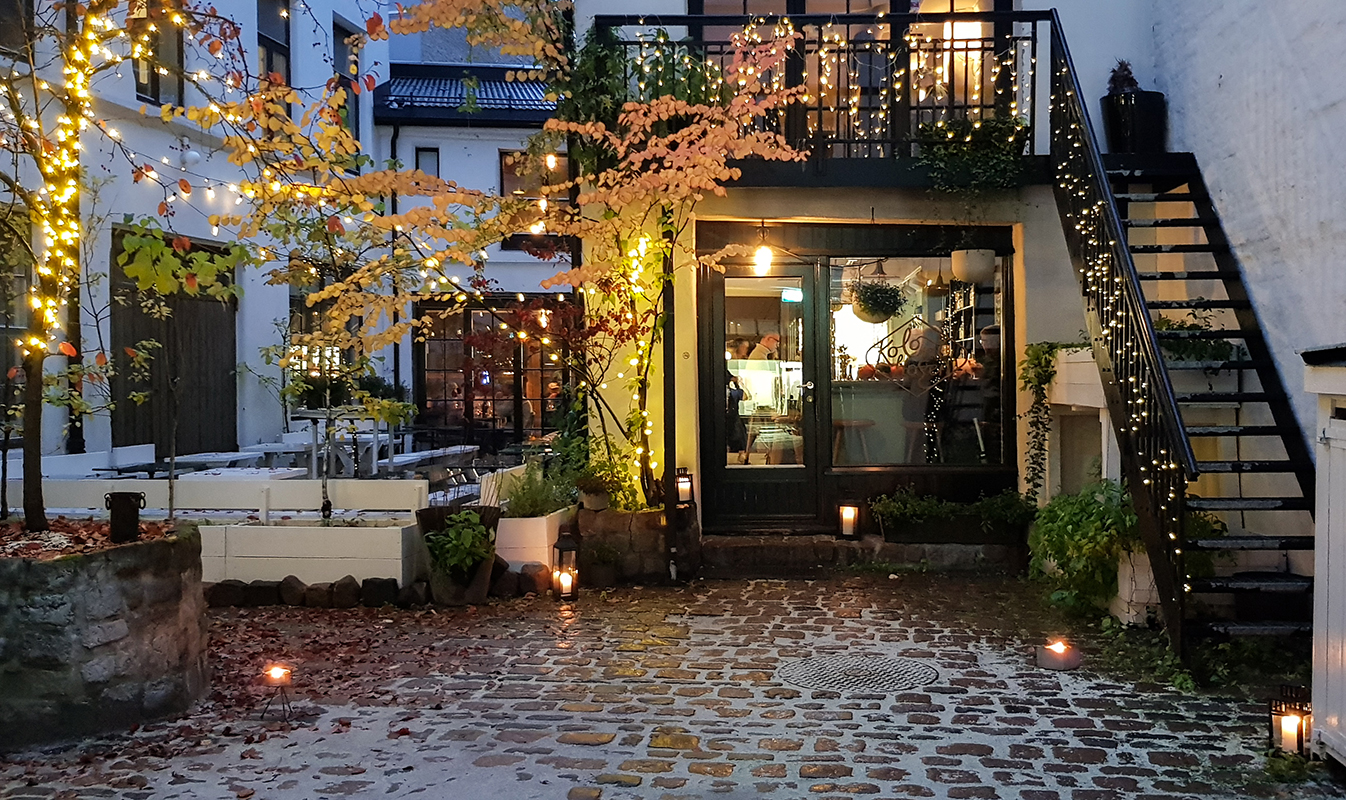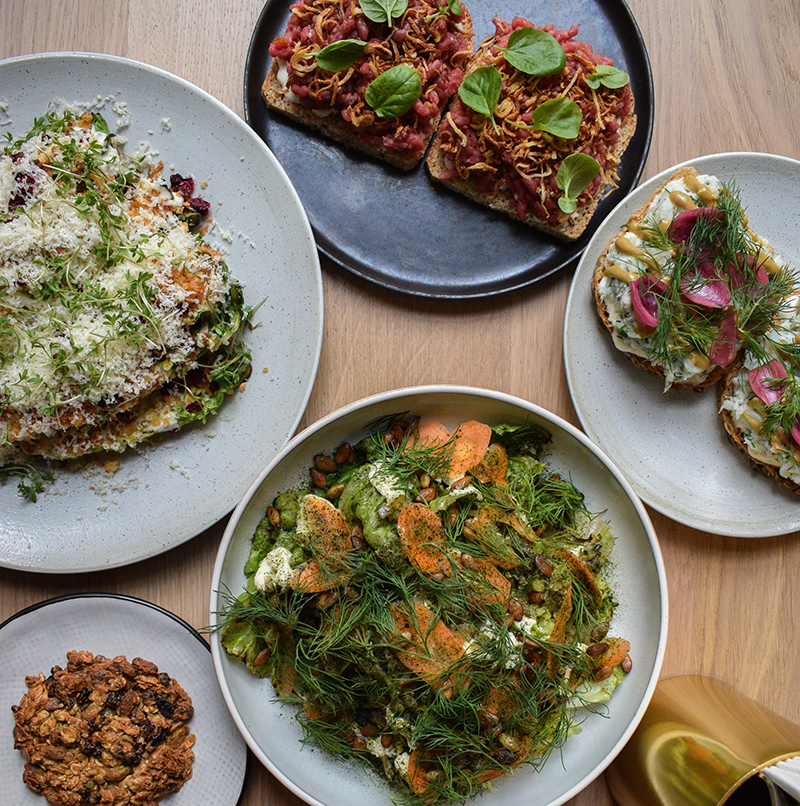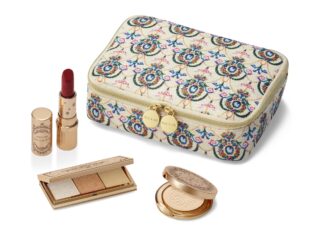This website uses cookies so that we can provide you with the best user experience possible. Cookie information is stored in your browser and performs functions such as recognising you when you return to our website and helping our team to understand which sections of the website you find most interesting and useful.
48 hours in Oslo: fine dining in Norway’s capital
By Rebecca Hopkins | 10 February 2020 | Food & Drink
Embrace the grown up hygge experience in this sleek Scandi city

Nestled in the lowland among winding, icy fjords at the base of snowy peaks, and just 10 miles from some of Norway’s most dense forestland, Oslo has, in recent years, earned itself a place among the ‘Scandi-chic’ northern cities. Today, it is known for its sophisticated urban aesthetic, internationally acclaimed restaurants and world-class cultural contributions to theatre, opera, and art (not to mention Olympic winter sports).
A recent trip to Oslo began at the city’s waterfront: the pulse at the very heart of the city, home to some of its most sought-after restaurants, bars, and museums, and the city’s most talked about hotel: The Thief. Named for its location on Tjuvholmen (Thief Islet) – a neighbourhood overrun by robbers in the 18th century which has been transformed into a sophisticated urban fjordside development lined with the yachts and speedboats of multimillionaires – The Thief is the ultimate luxurious hideaway.
The Thief oozes luxury with a modern sensibility in every detail: from herons-eye views over the harbour to rainfall showers, an underground tunnel leading to the spa and – thanks to the owner’s close connection to the neighbouring Astrup Fearnley Museum of Modern Art – one of the most impressive hotel art collections in the world.
After an afternoon spent taking in the sights – most notably the Opera House, the architectural gem of the city which appears to rise out of the fjord like an iceberg with panoramic cityscape views – we were more than ready for dinner: a spectacular tasting menu at A'L'aise, one of the country’s foremost fine-dining restaurants headed up by ex-Waterside Inn Chef Ulrik Jepsen, where we tucked into beautifully presented dishes prepared with awe-inspiring finesse, including that increasingly rare French delicacy, Canard à la Presse.
Having wined and dined (possibly a little too well) the night before, the next morning we found ourselves angling for the outdoors, and so headed on the magnificent uphill train to Holmenkollbakken, where a dizzyingly high Olympic ski jump offers breathtaking views of the city and surrounding mountains along with a fascinating museum capturing 4,000 years of the region’s skiing history.
If we weren’t refreshed by this, we certainly were following the next activity on the afternoon’s agenda: a visit to Greenboats Sauna, located on the harbour jetty, where brave (or in my case, stubbornly competitive) visitors launch themselves into the Arctic waters to bring their body temperature to base levels, before scurrying at lightning speed into the awaiting stultifying heat of the sauna. If the phrase “testing one’s mettle” had ever applied to me, this was my moment: and test me it did (although ultimately to great avail, as I left feeling fabulously energised). >>

Suitably invigorated, we ventured to Frogner, a leafy neighbourhood to the west of the city centre where we were met by boutique stores, art studios and sophisticated townhouses galore. Of all travel tips, surely not looking for a restaurant when you’re hungry ranks among the highest, yet finding ourselves in a state of famished desperation we happened upon Kolonihagen, which derided this adage entirely. Tucking into generous platters of tacos, salads, home-made sourdough and piping hot fish soup, we relished the imaginative dishes and local produce in cosy, elegant surroundings, and all hangry sentiments were forgotten.
It has been said that Oslo is not a pretty city, but Grand Hotel Oslo says otherwise. Originally opened in 1874, this prestigious hotel that is accustomed to providing a home away from home to rockstars and royalty alike is housed in a landmark 19th century building renowned for its classical white granite façade. We were treated to one of the hotel’s suites, where plush, maximalist design created a truly regal feel. A glass of wine at the rooftop bar followed by a long soak in our claw-footed tub would have suited me just fine, but our dinner reservation at Katla took us back out into the sub-zero temperatures (although I soon realised this was a small price to pay for the meal that followed).
Katla is a young and energetic spot with an open kitchen and a high pulse. An ever-evolving menu with an emphasis on seasonality and Asian and Latin American flavours is what Katla does, with dishes cooked above an open fire and on large lava stones called molcajetes, originating from Mexico. We relished skate with celeriac puree, bonito takoyaki and grilled pork loin, captivated by the people-watching almost as much as by what was on our plates, packed as the place was with flag-bearers of Norwegian elegance and style.
Oslo is a relatively small city, so four days felt like the perfect amount of time to soak it all up. Our final day was dedicated to a morning amble through the Palace grounds (intriguingly, unlike most other royal residences, you can walk right up to this one which is not separated from the public by fences or gates), followed by a visit to the Viking Museum (do not be fooled by the potentially yawn-worthy name: this museum was breathtaking and moving, a true highlight!). A delicious seafood supper at Bygdoy Allay later, we found ourselves racing through snowy fields back to the airport, brimming with hygge energy, home design inspiration and an even greater excitement for the upcoming season of Wisting.







